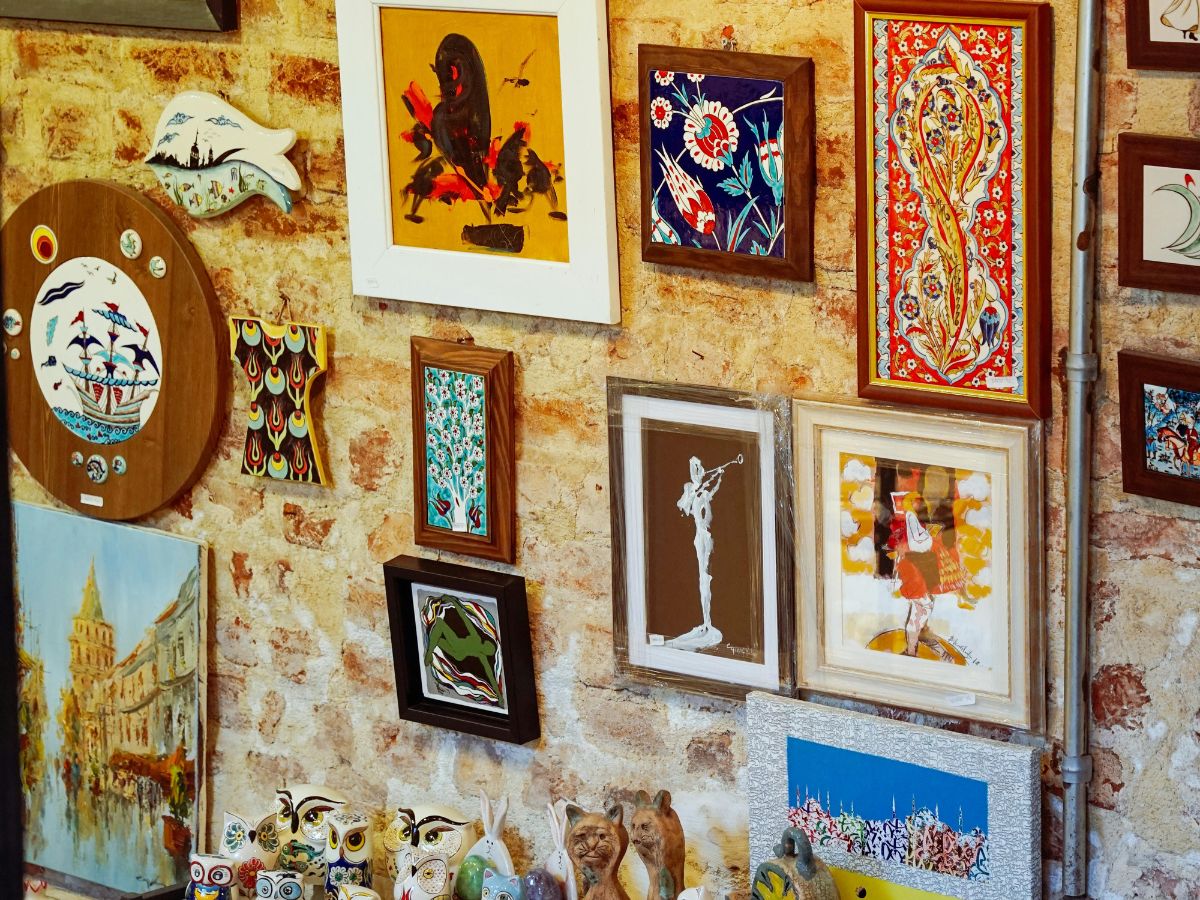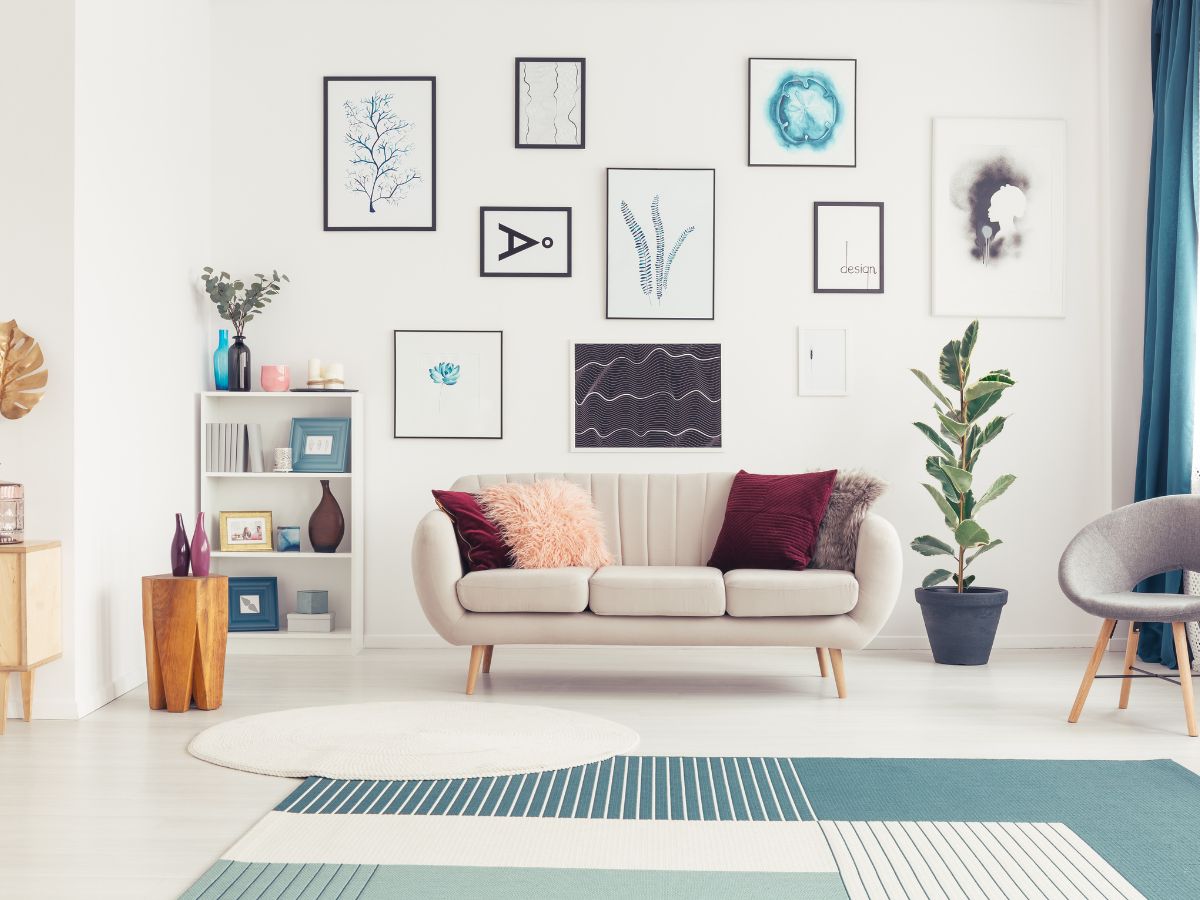
Ideal Mirror Placement in Gallery Walls
Incorporating mirrors into gallery walls is a sophisticated design strategy that combines functionality with aesthetic appeal. When thoughtfully placed, mirrors can amplify light, create the illusion of space, and add a dynamic element to your wall decor.
1. Strategic Placement for Light Enhancement
Positioning mirrors to reflect natural or artificial light sources can brighten a room and make it feel more expansive. Placing a mirror opposite a window or adjacent to a light fixture allows it to bounce light around the space, enhancing the overall ambiance. This technique is particularly effective in smaller rooms or areas with limited natural light.
2. Balancing Shapes and Sizes
A harmonious gallery wall often features a mix of artwork and mirrors in varying sizes and shapes. Adding framed, custom-sized square or rectangular mirrors can provide structure and balance to the arrangement. According to design experts, mixing vertical and horizontal pieces adds visual interest and prevents monotony in the display.
3. Maintaining Consistent Spacing
Uniform spacing between frames is crucial for a cohesive look. Inconsistent gaps can disrupt the visual flow and make the arrangement appear haphazard. Ensuring equal distances between mirrors and artwork helps in achieving a polished and intentional design.

4. Optimal Hanging Height
Mirrors should generally be hung at eye level, approximately 57 to 65 inches from the floor, to ensure they are functional and aesthetically pleasing. This height allows mirrors to reflect the room effectively and integrate seamlessly with other elements in the gallery wall.
5. Reflecting Thoughtfully
Consider what the mirror will reflect. Avoid positioning mirrors where they might reflect cluttered areas or unappealing views. Instead, aim to reflect attractive features like artwork, architectural details, or well-lit spaces to enhance the room’s appeal.
Integrating mirrors into gallery walls requires careful consideration of placement, spacing, and reflection. You can enhance light distribution, create a sense of space, and add depth to your interiors. This approach not only elevates the aesthetic appeal of your gallery wall but also contributes to a more inviting and dynamic living environment.
